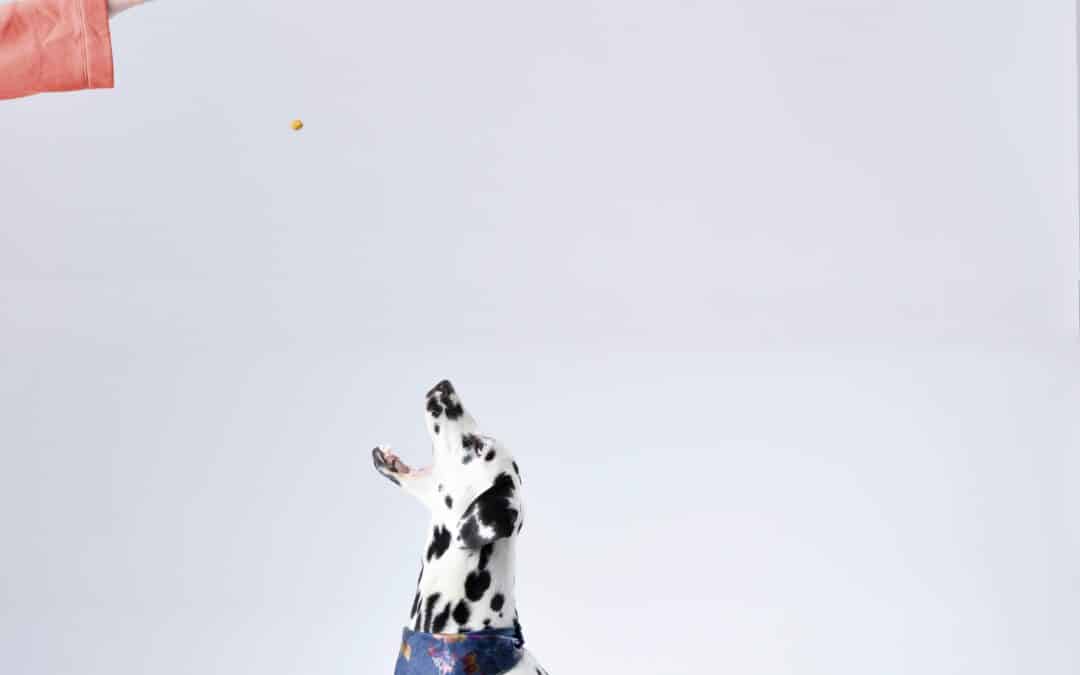Selecting a Dog Trainer in Raleigh, NC: Finding the Best Trainer for Your Dog’s Obedience Training
Looking for reliable and effective dog trainers in Raleigh NC? Whether you have a playful puppy or a stubborn older dog, working with a qualified trainer can make all the difference in building a strong bond with your pet. Raleigh offers a variety of training services to meet your dog’s specific needs, and choosing the right one depends on your goals and your dog’s personality.
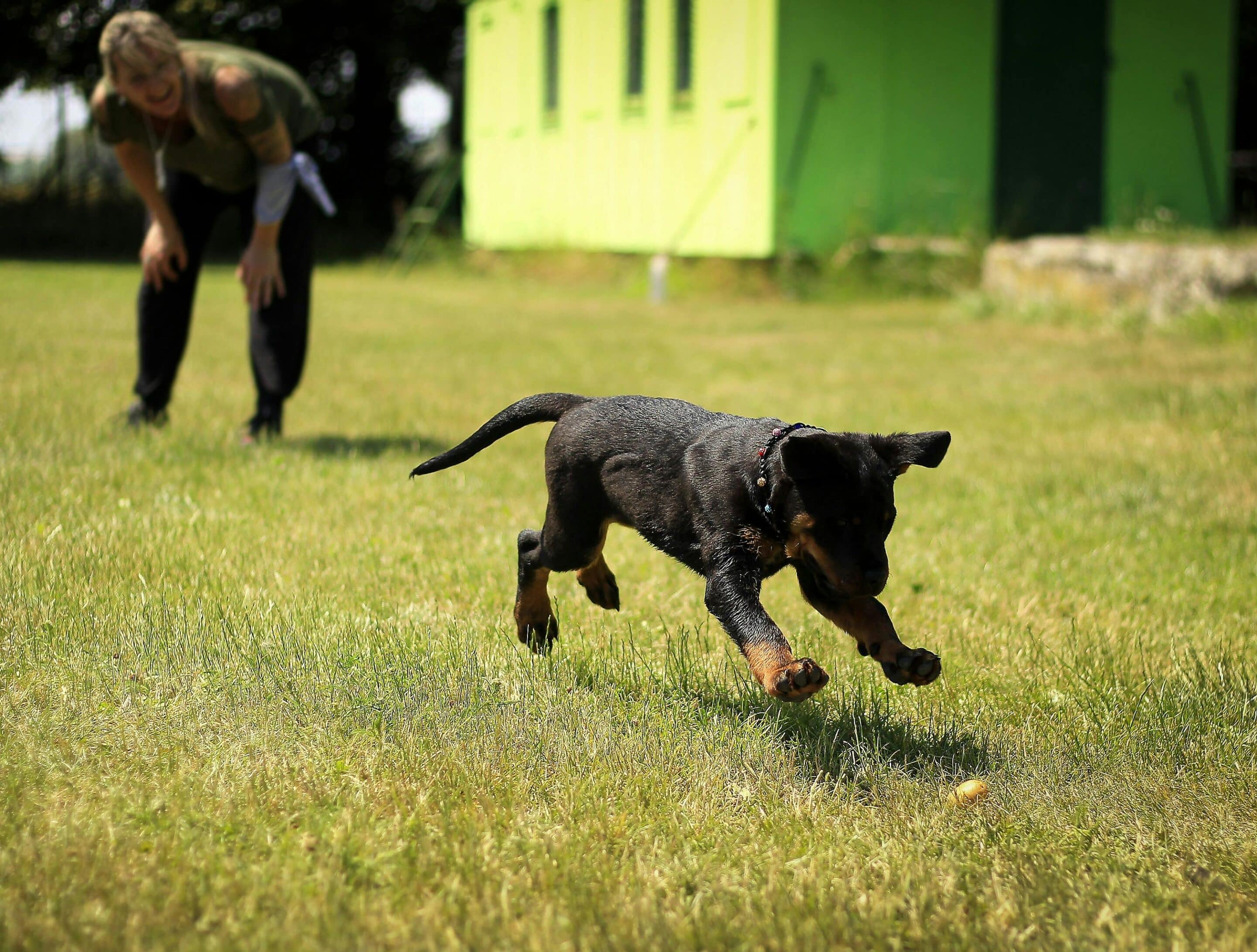
How to Select Dog Trainers in Raleigh NC
When selecting a dog training service, consider the experience, qualifications, and methods used by the trainers. In Raleigh, many reputable trainers use positive reinforcement techniques, focusing on rewarding good behavior rather than punishing bad behavior. This approach strengthens your relationship with your dog while fostering trust and obedience. It’s also essential to read reviews, ask for referrals, and ensure the trainer’s style is a good fit for you during a consultation.
Additionally, ask questions like:
- How does the trainer handle difficult or aggressive behavior?
- Are the training programs customizable to my dog’s needs?
- Do they offer follow-up support after the program ends?
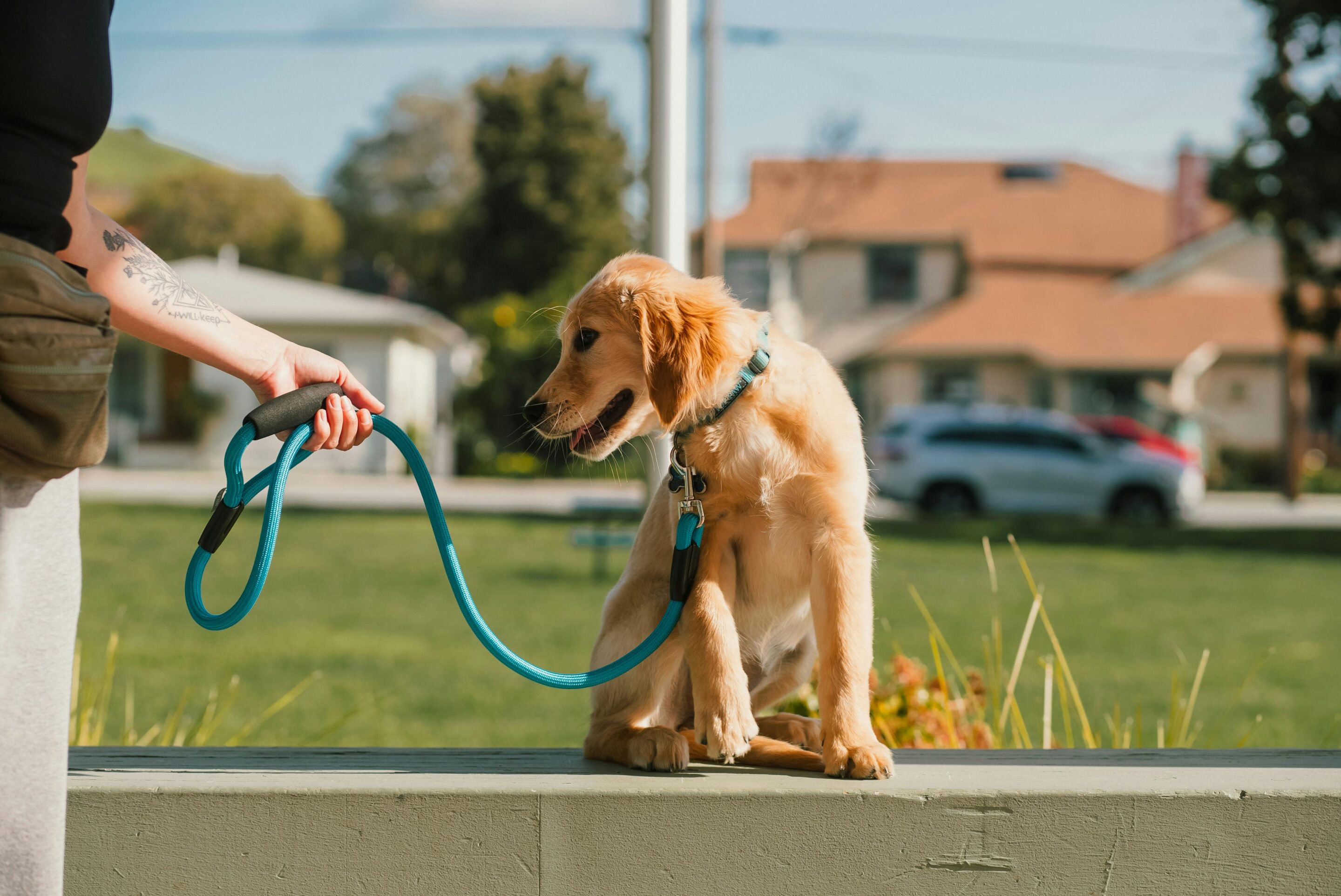
Types of Dog Training Services
Various dog training options are available based on your dog’s needs and your personal preferences.
Board and Train
Also known as Board to Train, this service involves your dog staying at a trainer’s facility for an intensive, all-day training experience. Busy owners or those who want to see faster results tend to go for these types of programs. Trainers work with dogs daily on everything from basic commands to more complex behavioral issues. At the end of the stay, owners typically receive detailed guidance on how to maintain their dog’s newly learned skills at home.
Benefits:
- Comprehensive, round-the-clock training
- Progress in a shorter time period
Considerations:
- Can be significantly more expensive than other options
- Requires a strong follow-through plan at home
- Depending on the training facility you may be placed on a waitlist
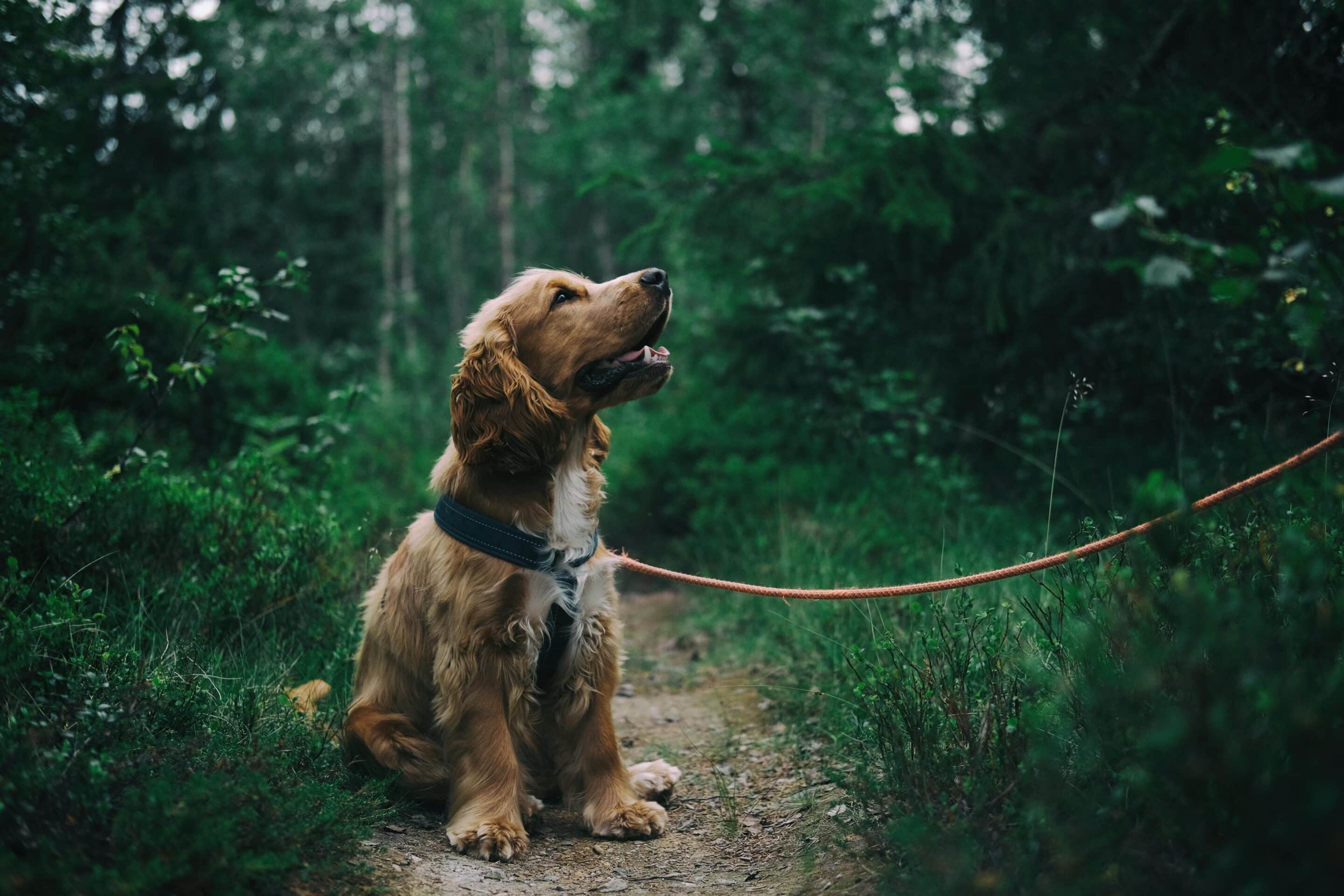
Private In-Home Sessions
Private sessions are tailored to you and your dog in your own home, offering personalized one-on-one training. This service is excellent for dogs who may be overwhelmed in a group setting or have specific behavioral challenges.
Benefits:
- Personalized attention and customization
- Trainer works in the dog’s natural environment
- Convenient for owners with busy schedules
- Opportunity to work on crate training and other household specific behaviors
Considerations:
- Progress may take longer compared to intensive programs
- Requires commitment from the owner to practice between sessions
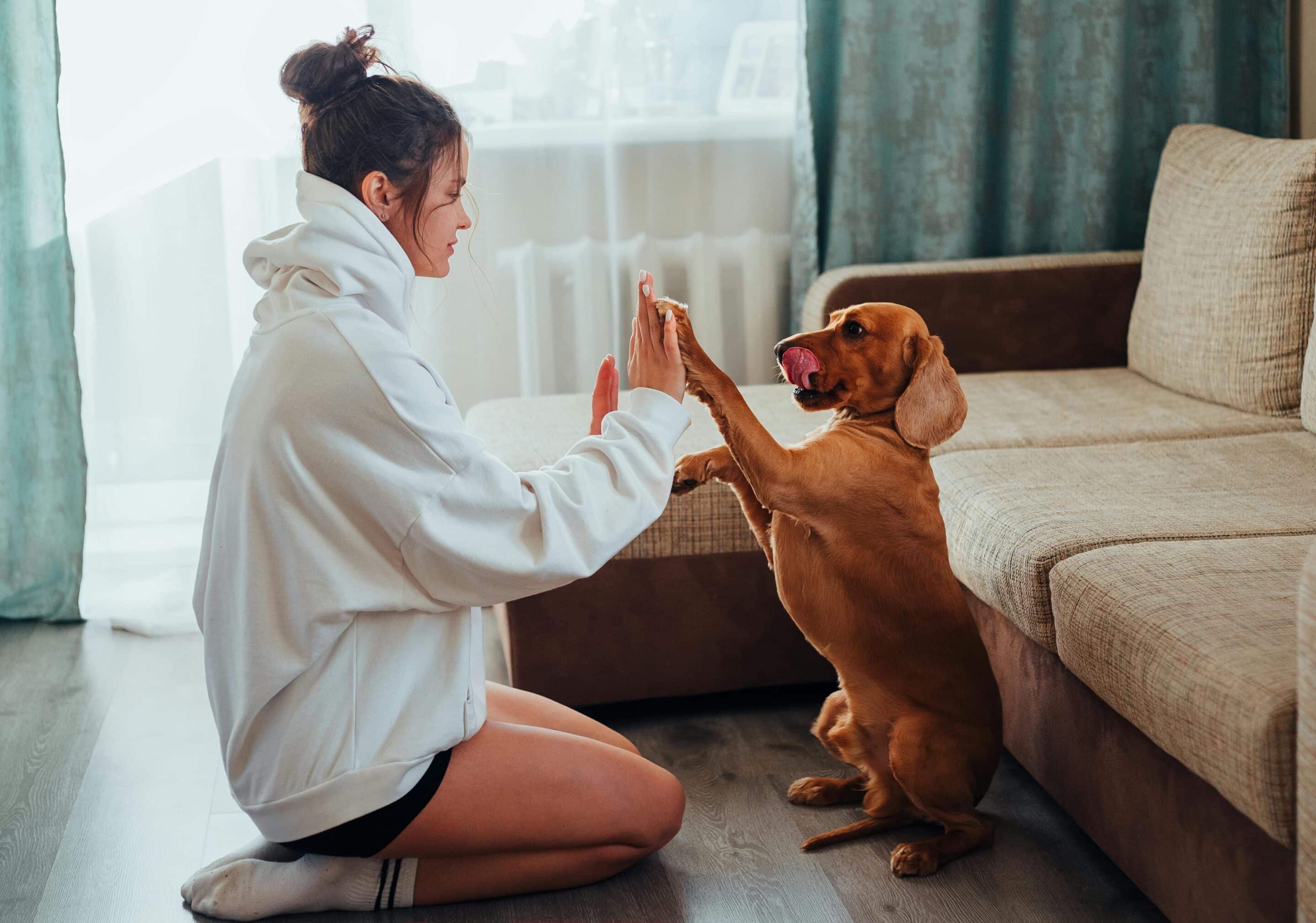
Group Dog Training Classes
Group classes are a popular and affordable option, usually focused on teaching basic commands, socialization, and manners. They provide an opportunity for dogs to learn alongside other dogs, which helps improve their social skills.
Benefits:
- Affordable and accessible
- Promotes socialization with other dogs
- Great for practicing basic obedience in a more distracting environment
Considerations:
- Less personalized attention
- May not be suitable for dogs with severe behavioral issues or anxiety
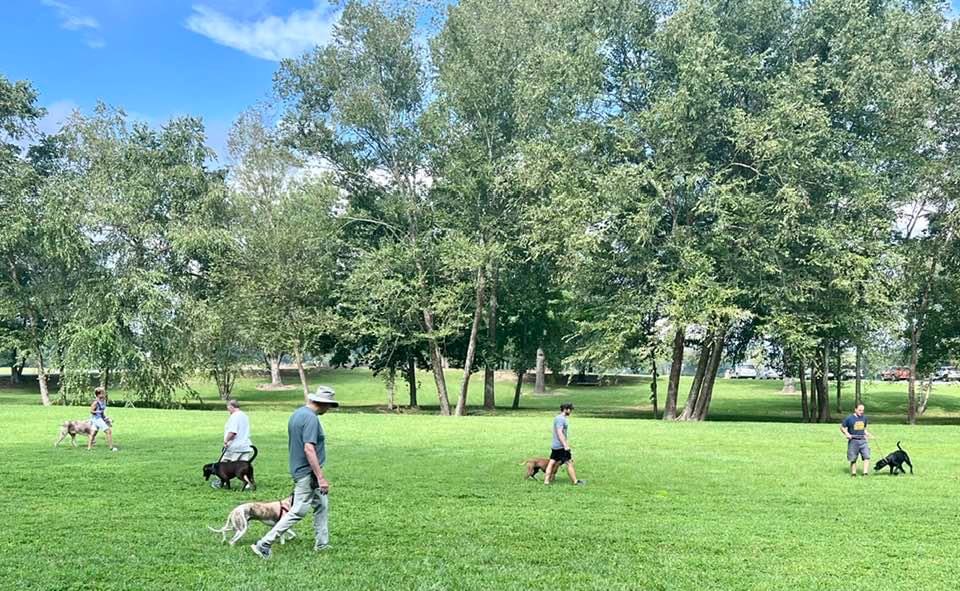
Obedience vs. Behavior Modification
Obedience training focuses on teaching commands, whereas behavior modification addresses behavioral issues such as aggression or anxiety. A qualified trainer can help determine which type of training is best suited for your dog’s needs.
Advanced Training
Advanced training includes complex commands and behaviors, often chaining commands together so dogs can perform complex tasks. Service dog training and therapy dog training are two, commonly sought after advanced dog training services.
Therapy Dog Training
Therapy dog training involves teaching dogs to be calm, gentle, and responsive to people’s needs in various settings. Certified therapy dogs can offer comfort in hospitals, schools, and nursing homes.
Service Dog Training
Service dog training is highly specialized and involves teaching dogs to perform specific tasks that aid their handler, such as guiding, alerting, or assisting with mobility.
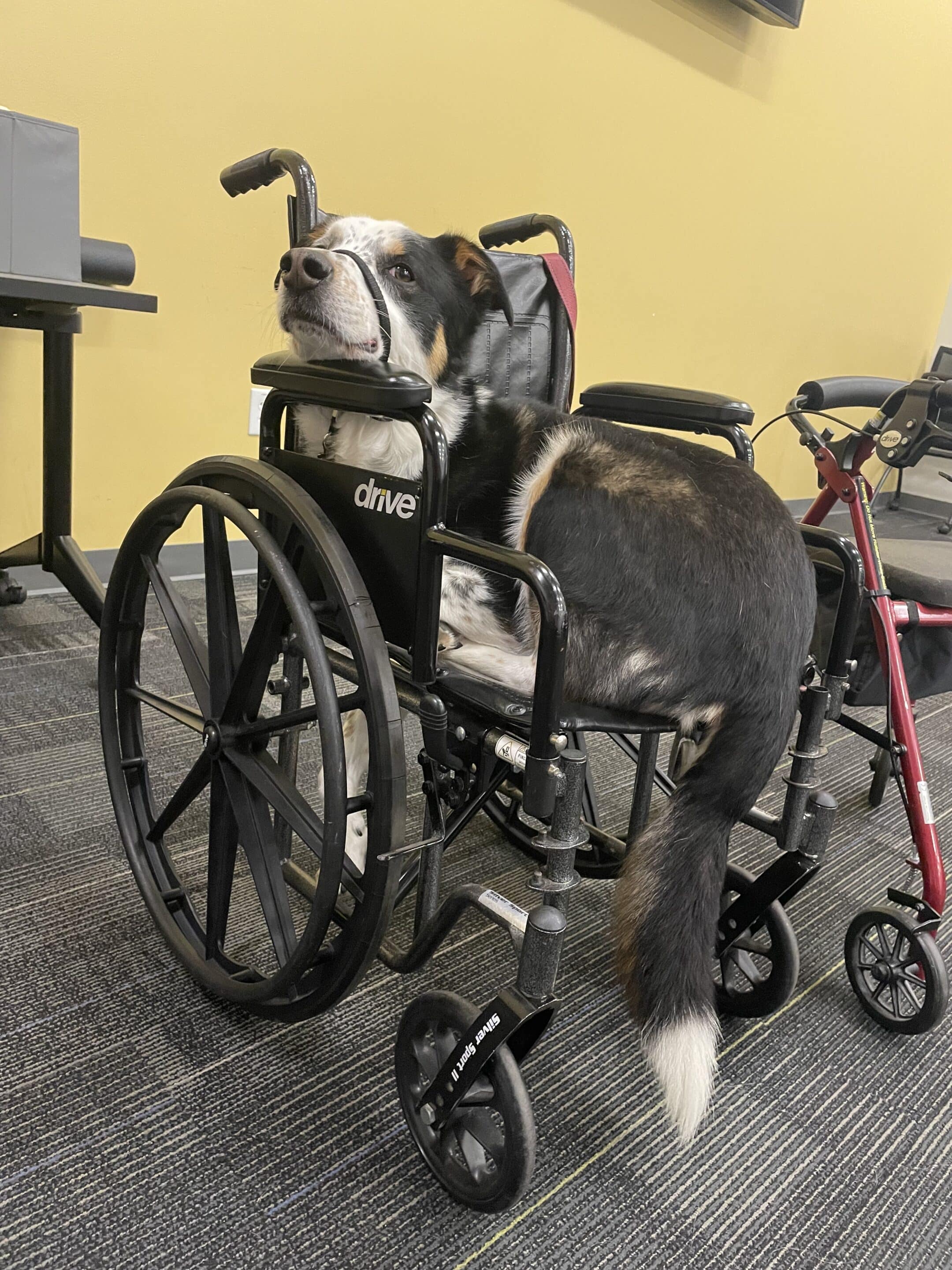
Selecting Training Methods
The following methods are rooted in scientific research and emphasize humane, effective approaches to behavior modification.
LIMA (Least Intrusive, Minimally Aversive)
LIMA is a guideline for training and behavior modification that prioritizes positive reinforcement and uses aversive methods only as a last resort (American Veterinary Society of Animal Behavior [AVSAB], 2008).
Positive Reinforcement
Positive reinforcement focuses on rewarding desired behavior, which encourages the dog to repeat it. Studies show that dogs trained with positive reinforcement are more engaged and motivated (Schilder & van der Borg, 2004).
Counter-Conditioning
Counter-conditioning involves associating a negative stimulus with a positive experience to reduce fear or aggression (Herron et al., 2009). For example, giving treats to a dog when it sees a stranger can help reduce fear over time.
Desensitization
Desensitization is the gradual exposure to a feared stimulus at a low intensity, increasing over time to reduce the dog’s negative reaction (Overall, 2013).

Emphasis on Techniques that Work with Canine Behavior
Effective training techniques are those that respect a dog’s natural behaviors and learning processes. Techniques that use positive reinforcement and consistency are shown to reduce anxiety and foster a positive owner-dog relationship (Hiby et al., 2004).
Adult Dog Training
Adult dog training addresses obedience, behavior modification, and specialized skills for mature dogs. Trainers may use more advanced techniques, especially if addressing ingrained behaviors.
Puppy Training
Puppy training focuses on socialization and basic commands, aiming to prevent behavioral issues by establishing positive habits early on. This foundational stage is crucial for well-adjusted adult dog behavior.
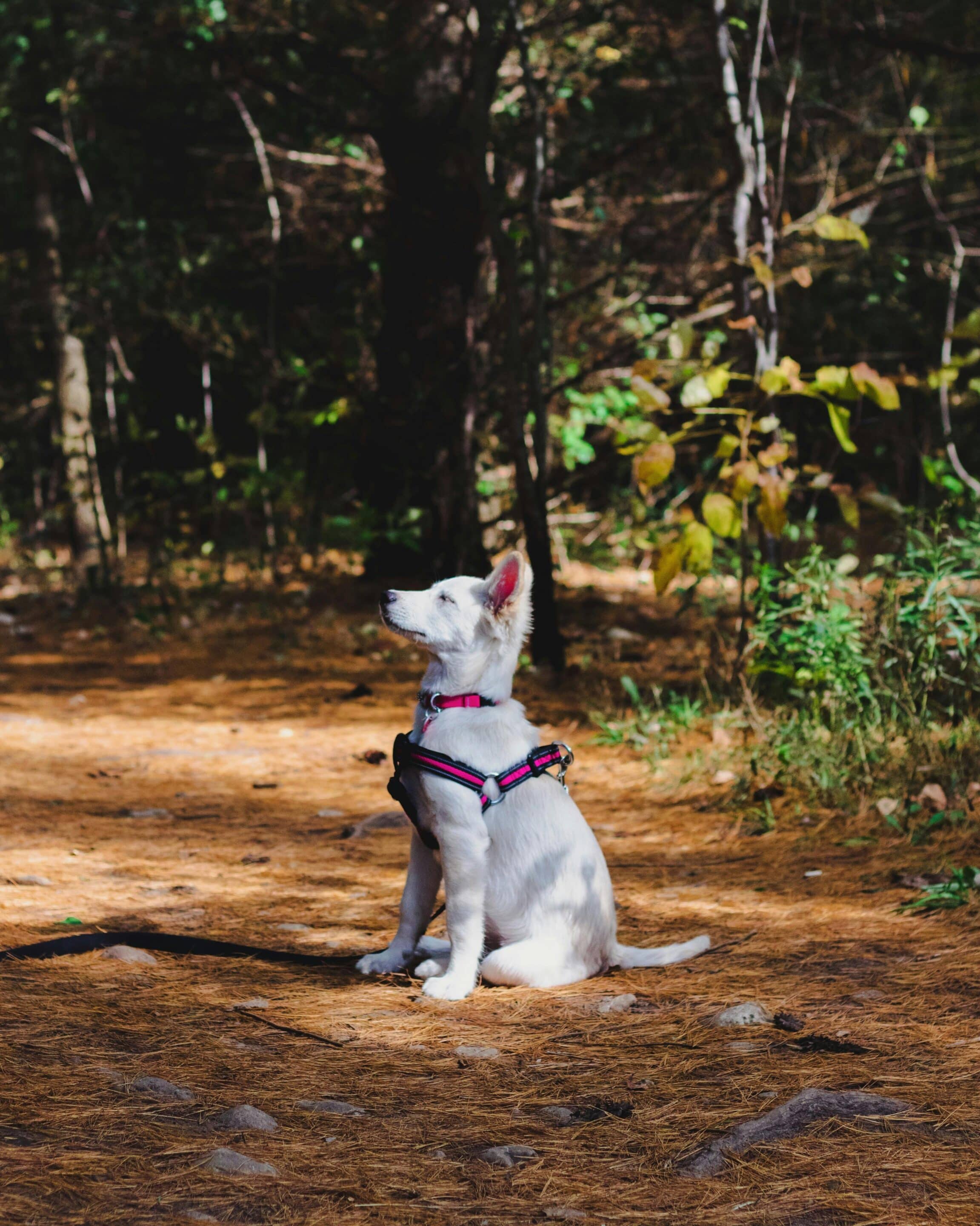
What’s Included in a Typical Dog Training Program
A well-rounded dog training program should be tailored to your dog’s specific needs and typically includes:
- Basic Obedience: Teaching essential commands (e.g., sit, stay, come).
- Behavioral Modification: Addressing problematic behaviors such as leash pulling or excessive barking.
- Socialization: Exposing your dog to other dogs and people in a positive, controlled way.
- Problem Solving: Tackling specific issues like separation anxiety or fear.
- Follow-up Support: Access to the trainer for additional guidance after sessions.
What Can I Expect as a Dog Owner
As a dog owner, you’ll play an active role in your dog’s training. Most trainers provide exercises to practice between sessions, emphasizing the need for consistency, patience, and daily reinforcement.
- Time Commitment: Training doesn’t end after the program; reinforcement is ongoing.
- Patience: Dogs learn at their own pace, so celebrate small progress steps.
- Increased Bonding: Training strengthens the owner-dog relationship, leading to a happier, more obedient pet.
What Is the Difference Between Private Dog Training and Group Classes?
Private Training Highlights:
- Customized to address your dog’s specific issues.
- Flexible scheduling, typically conducted in-home.
- Best for dogs with behavioral challenges or unique needs.
Group Class Highlights:
- Structured sessions with multiple dogs for socialization.
- Focuses on basic obedience skills.
- More budget-friendly but less personalized.
If you’re interested in a blend of both, we offer combined programs that include personalized sessions with the social exposure of group classes.
References
- American Veterinary Society of Animal Behavior. (2008). AVSAB position statement on the use of dominance theory in behavior modification of animals.
- Arhant, C., Bubna-Littitz, H., Bartels, A., Futschik, A., & Troxler, J. (2010). Behavior of smaller and larger dogs: Effects of training methods, behavior, and owner personality. Journal of Veterinary Behavior, 5(6), 277–287.
- Herron, M. E., Shofer, F. S., & Reisner, I. R. (2009). Survey of the use and outcome of confrontational and non-confrontational training methods in client-owned dogs showing undesired behaviors. Applied Animal Behaviour Science, 117(1-2), 47–54.
- Hiby, E. F., Rooney, N. J., & Bradshaw, J. W. (2004). Dog training methods: Their use, effectiveness and interaction with behaviour and welfare. Animal Welfare, 13(1), 63–69.
- Overall, K. L. (2013). Manual of Clinical Behavioral Medicine for Dogs and Cats. Elsevier Health Sciences.
- Schilder, M. B. H., & van der Borg, J. A. M. (2004). Training dogs with help of the shock collar: Short and long-term behavioural effects. Applied Animal Behaviour Science, 85(3-4), 319–334.
- Winkle, M. Y., Crowe, T. K., & Hendrix, I. (2012). Service dogs and people with physical disabilities partnerships: A systematic review. Occupational Therapy International, 19(1), 54–66.
Ready to Learn More?
Our expert trainers in Raleigh, NC, can help create a program tailored to your dog’s needs, whether you’re interested in private sessions, group classes, or a hybrid approach. Start building a stronger bond with your dog through professional training today—contact us for more information!

Contact Us
What Sets Sally Said So Apart?
We’ve been successfully helping dogs and owners resolve miscommunication and behavioral issues since 2009. We believe there are no bad dogs, just poor communication. We find that private dog training at the start of the process works since dogs and owners learn best in low-distraction environments. Once they have the training tools they need, we bring them into the real world. In our premier programs, we commit to your dog for their life which ensures you always have the support you need.
Sally Said So’s mission is to help more dogs by educating dog owners, supporting dog rescue, and empowering veterinary professionals across our state.

